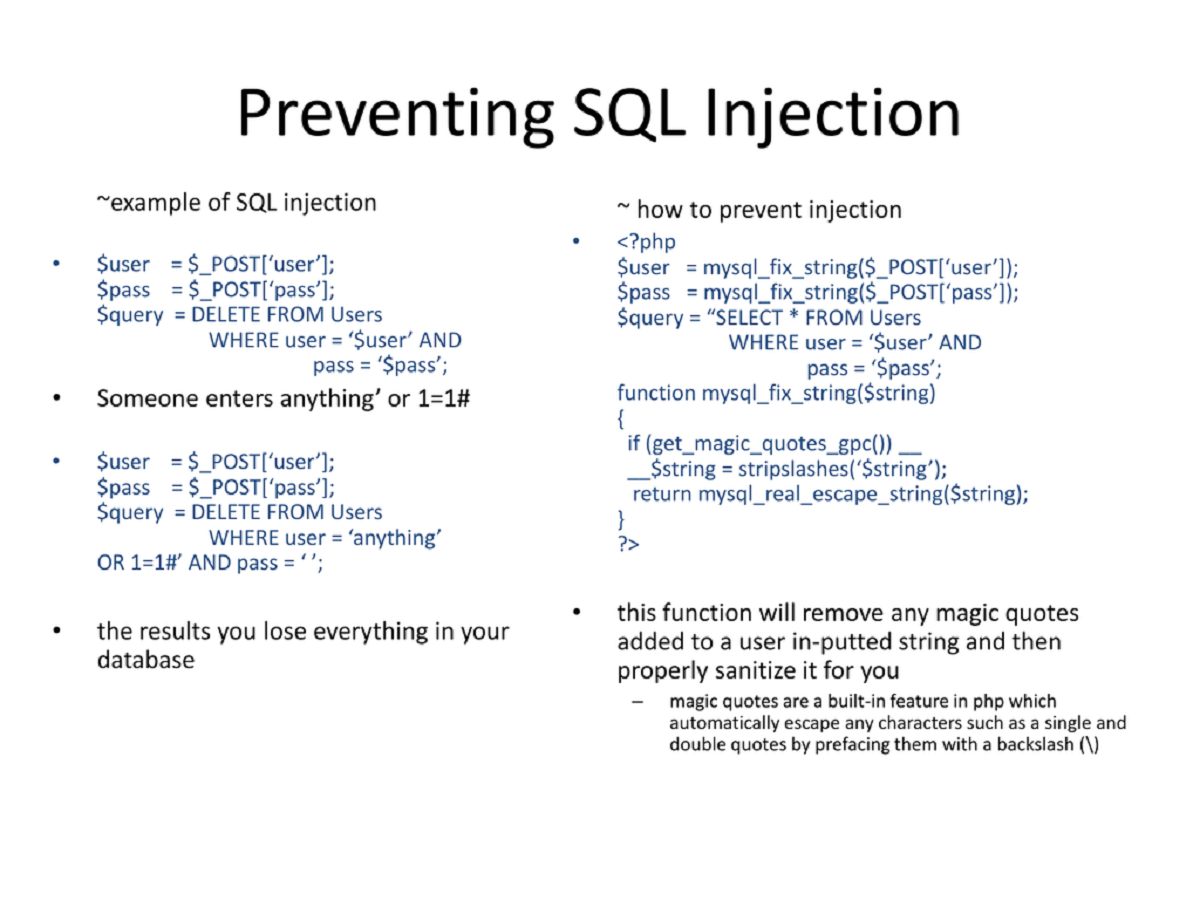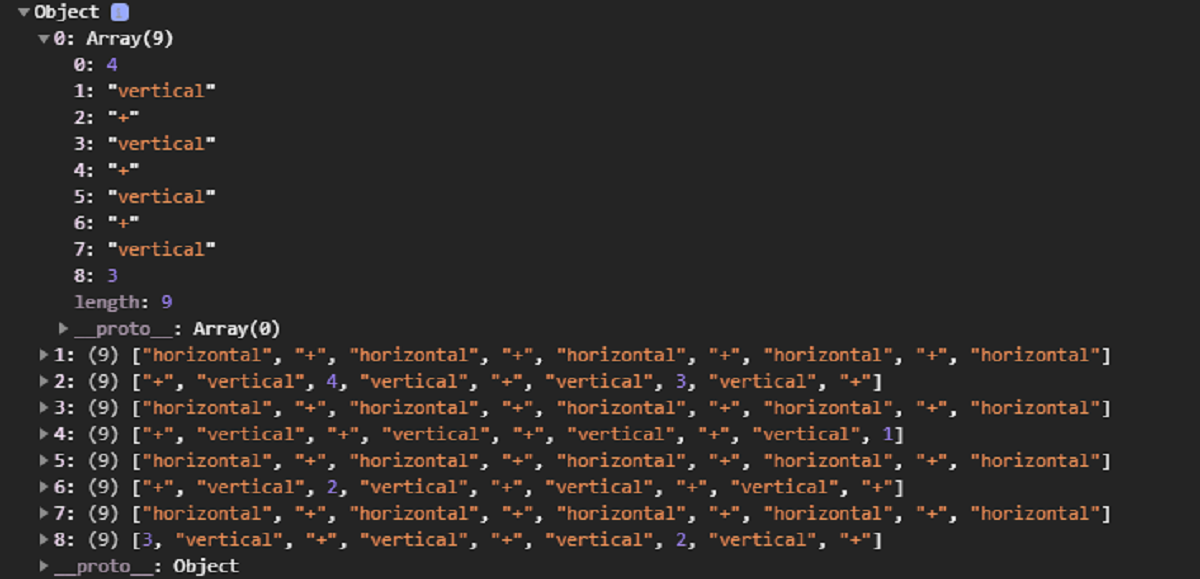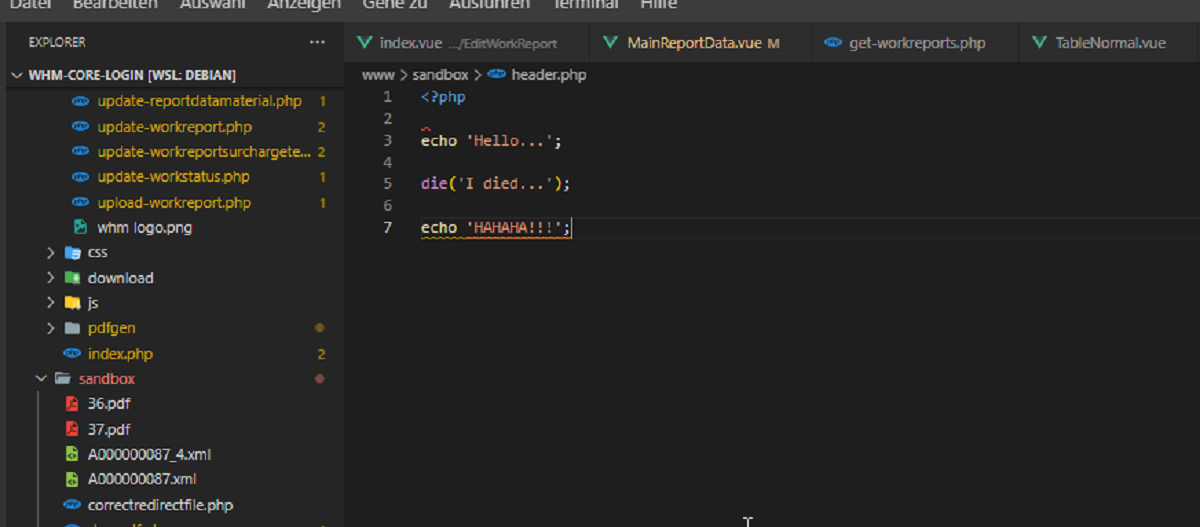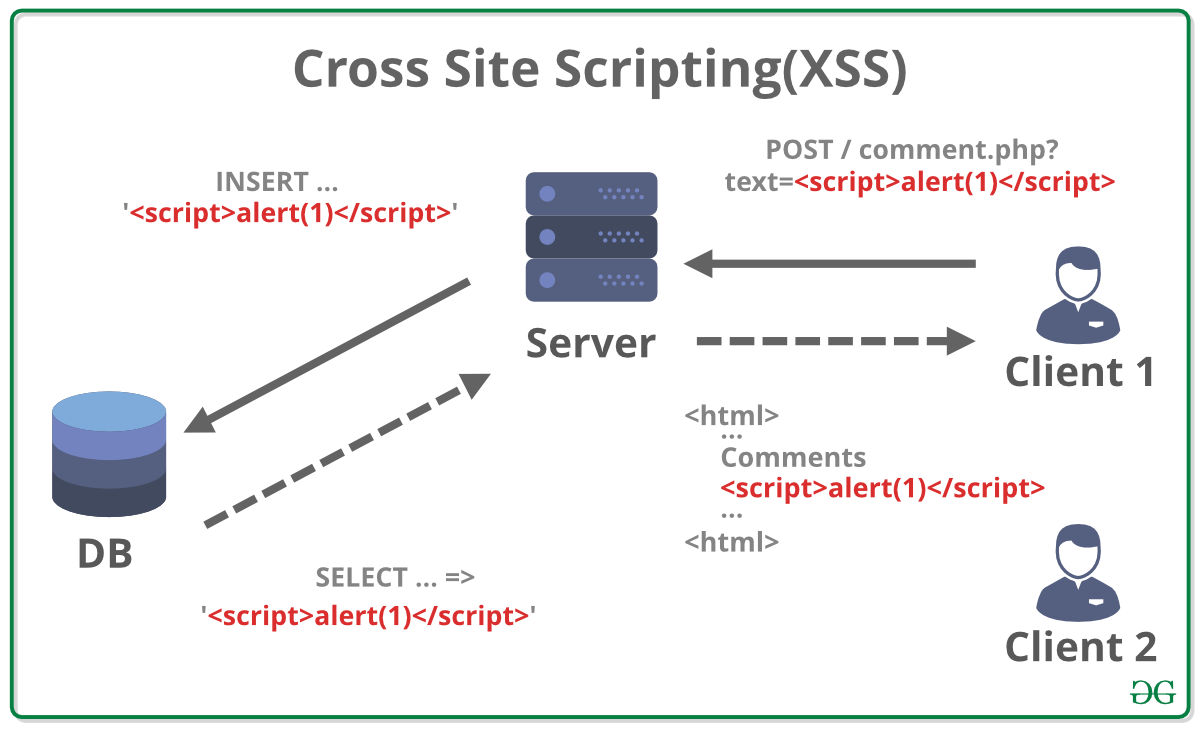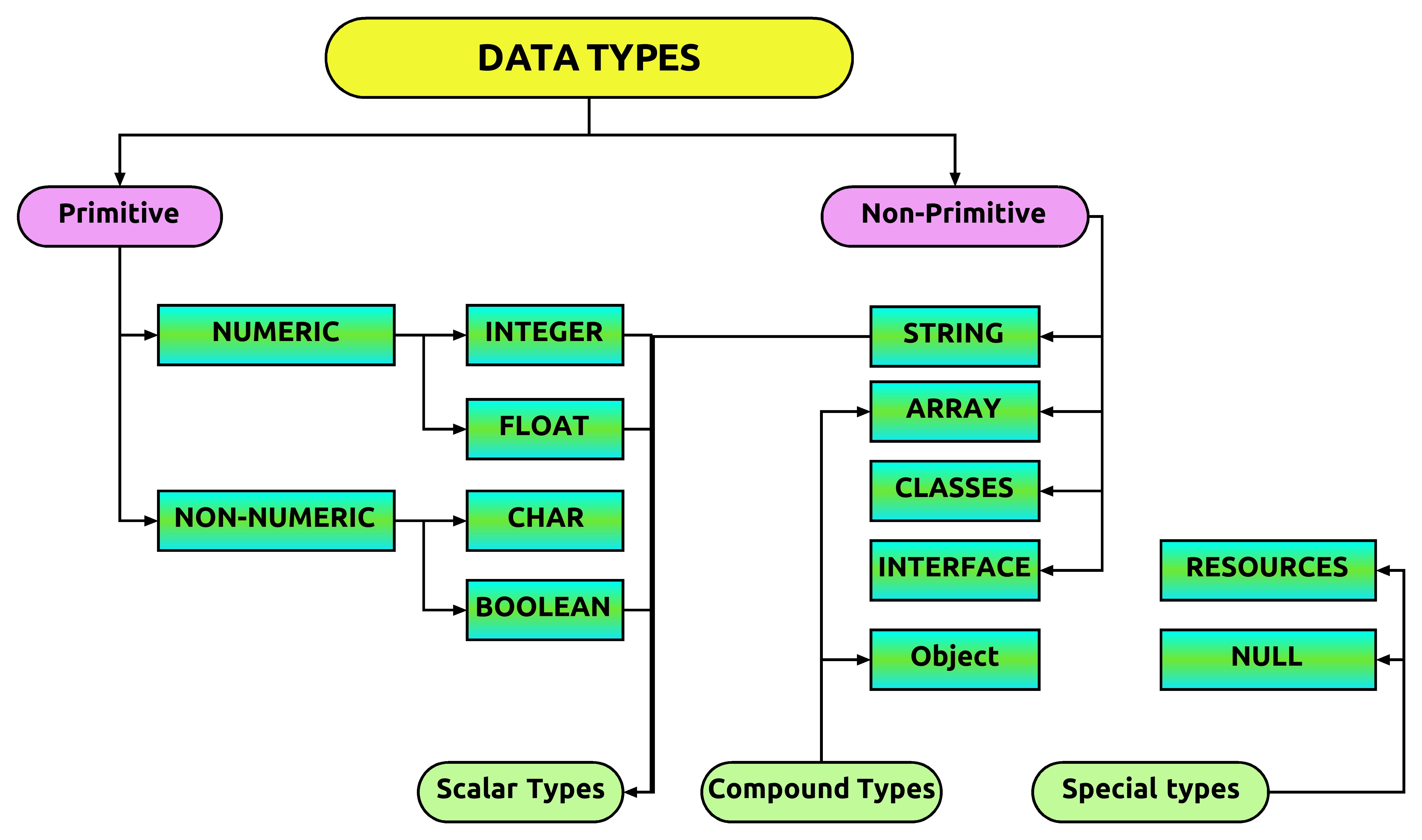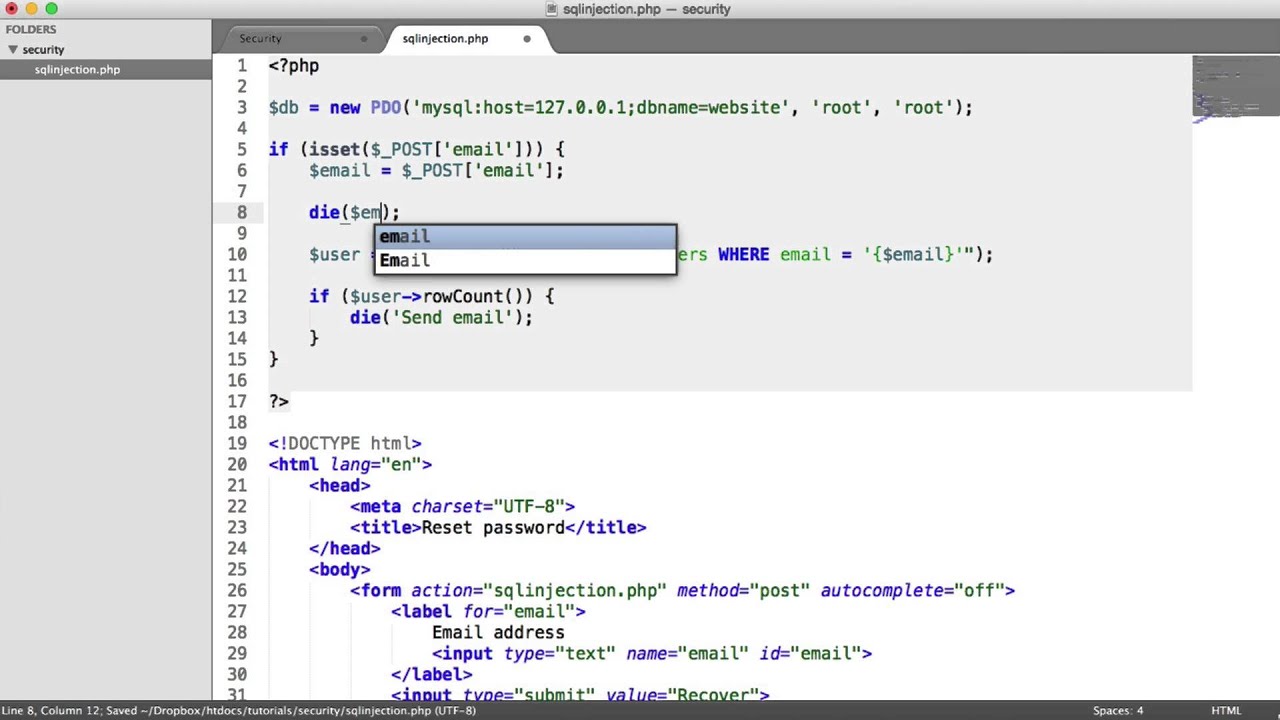Introduction
Character escaping is an essential concept in PHP programming. It refers to the process of converting special characters into a format that can be safely used within strings or displayed in HTML. Special characters, such as quotes, angle brackets, and ampersands, can sometimes cause issues when used in PHP code or displayed on web pages. By properly escaping these characters, we can ensure that our code functions correctly and our web pages render as intended.
In this article, we will explore the common characters that need to be escaped in PHP and discuss different methods to handle character escaping effectively. We will cover the usage of backslashes, the PHP htmlentities() function, and the PHP htmlspecialchars() function. Understanding these techniques will enable us to prevent potential security vulnerabilities, ensure data integrity, and improve the overall user experience of our PHP applications.
Whether you are a beginner or an experienced PHP developer, understanding character escaping is crucial for writing effective and secure code. By the end of this article, you will have a solid understanding of how to identify characters that require escaping and how to implement the appropriate methods to handle them in your PHP projects.
What is character escaping?
Character escaping is a process used to represent special characters within a string, so they can be safely interpreted by the programming language or rendered on web pages without causing any issues. In PHP, certain characters have special meanings and can’t be included directly in a string or HTML output. For example, if you want to display a double quotation mark within a string, you can’t simply include it as is, as it will be interpreted as the end of the string. Instead, you need to escape it using a specific notation to indicate that it should be treated as a regular character.
The most common method for escaping characters in PHP is using the backslash (\). When a special character is preceded by a backslash, it loses its special meaning and is treated as an ordinary character. For example, if you want to include a double quotation mark within a string, you would write it as \". Similarly, if you want to include a backslash itself, you would write it as \\. This ensures that the characters are interpreted correctly by the PHP parser.
In addition to backslashes, PHP provides two built-in functions that can be used to handle character escaping: htmlentities() and htmlspecialchars(). These functions convert special characters into their HTML entities representation. HTML entities are special character sequences that are understood by web browsers and are safe to use within HTML documents. This is particularly useful when you want to display user-generated content that may contain characters that would otherwise disrupt the HTML structure of a page.
It’s important to note that character escaping is not only relevant for PHP code but also for any situation where characters need to be represented accurately, such as when working with databases or handling user input. By understanding character escaping and using the appropriate methods, you can ensure the integrity of your data and prevent potential security vulnerabilities in your PHP applications.
Common characters that need to be escaped in PHP
When working with PHP, there are several common characters that need to be escaped to ensure proper functionality and security. These special characters have specific meanings in the PHP language or can interfere with HTML rendering. Let’s take a look at some of the most important ones:
- Double quotation marks (“) and single quotation marks (‘): These characters are used to denote the beginning and end of a string in PHP. When including these characters within a string, they need to be escaped to prevent premature termination of the string.
- Backslashes (\): The backslash is the escape character in PHP. It is used to escape special characters, including itself. If you want to include a literal backslash in a string, you need to escape it with another backslash.
- Angle brackets (< and >): These characters have special meaning in HTML and can interfere with the rendering of web pages. When outputting HTML code dynamically using PHP, it is important to escape these characters to ensure proper rendering and to prevent potential XSS (Cross-Site Scripting) attacks.
- Ampersands (&): The ampersand is another character with special meaning in HTML. It is used to denote the start of an HTML entity. If you want to display an ampersand as a regular character within a string, it needs to be escaped.
- Newline characters (\n, \r): Newline characters are used to represent line breaks within strings. If you want to include a newline character in a string, it needs to be escaped to be correctly interpreted.
Failure to properly escape these characters can lead to syntax errors, unexpected behavior, or security vulnerabilities in your PHP code. It is important to be aware of these characters and take appropriate measures to escape them whenever necessary.
Using backslashes to escape characters
In PHP, one of the most common methods to escape characters is by using backslashes (\). When a special character is preceded by a backslash, it loses its special meaning and is treated as a regular character. Let’s explore how backslashes can be used to escape different characters:
- Quotation marks: To include a double quotation mark (“) or a single quotation mark (‘) within a string, you can escape them with a backslash. For example, if you want to include the sentence “I’m feeling happy” within a string, you would write it as
"I\'m feeling happy". - Backslashes: If you need to include a literal backslash in a string, you can escape it by using another backslash. For example, if you want to include the directory path
C:\Program Fileswithin a string, you would write it as"C:\\Program Files". - Angle brackets: When working with HTML output in PHP, it is essential to escape angle brackets (< and >) to prevent them from interfering with the rendering of the web page. For example, if you want to display the text “Hello” within a string, you would write it as
"<strong>Hello</strong>". - Ampersand: The ampersand (&) is another character that needs to be escaped when generating HTML output dynamically. To display an ampersand as a regular character within a string, you would write it as
"AT&T". - Newline characters: If you want to include a line break within a string, you can use escape sequences like
\nfor a newline or\rfor a carriage return. This is useful when generating multi-line strings or formatting text output.
By using backslashes to escape special characters, you can ensure that they are treated as regular characters by the PHP parser or displayed properly in HTML output. It is important to use backslashes appropriately and consistently within your PHP code to prevent any syntax errors or unexpected behavior.
Using the PHP htmlentities() function to escape characters
In PHP, the htmlentities() function is a useful tool for escaping characters when generating HTML output dynamically. This function converts special characters into their corresponding HTML entity representation, making them safe to display in web pages. Let’s explore how to use htmlentities() effectively:
The basic syntax of the htmlentities() function is:
htmlentities($string, $flags, $encoding)
- $string: This is the input string that you want to escape. It can contain any special characters that need to be converted into HTML entities.
- $flags (optional): This parameter allows you to specify additional flags to customize the behavior of the function. For example, you can use the
ENT_QUOTESflag to include single quotation marks within the HTML entities. - $encoding (optional): If your input string contains characters outside of the ASCII range, you can specify the encoding parameter to ensure correct conversion. The default encoding is UTF-8.
The htmlentities() function replaces special characters such as double quotation marks, single quotation marks, ampersands, angle brackets, and other characters with their corresponding HTML entity representation. For example, the string “Hello & World” would be converted to “<strong>Hello & World</strong>”.
By using htmlentities(), you can protect your web pages from XSS (Cross-Site Scripting) attacks by encoding user-generated content that could potentially contain unsafe characters. By converting special characters into HTML entities, you ensure that they are displayed as intended without disrupting the structure of the HTML document.
It’s important to note that when using htmlentities(), you should only apply it to dynamic content that will be displayed as HTML. Avoid unnecessarily encoding static content or content that doesn’t require HTML rendering, as it can impact performance and readability.
Using the PHP htmlspecialchars() function to escape characters
Another useful function in PHP for character escaping is htmlspecialchars(). This function specifically targets characters that have special meanings in HTML and converts them to their corresponding HTML entities. It is commonly used to prevent any unintended interpretation of characters within HTML output. Let’s explore how to effectively use htmlspecialchars():
The basic syntax of the htmlspecialchars() function is:
htmlspecialchars($string, $flags, $encoding)
- $string: This is the input string that you want to escape. It can contain any characters that might have special meanings in HTML such as angle brackets (< and >) or ampersands (&).
- $flags (optional): This parameter allows you to specify additional flags to customize the behavior of the function. For example, you can use the
ENT_QUOTESflag to include single quotation marks within the HTML entities. - $encoding (optional): You can specify the encoding parameter if your input string contains characters outside of the ASCII range. The default encoding is typically UTF-8.
The htmlspecialchars() function converts characters like angle brackets, single and double quotation marks, and ampersands into their HTML entity equivalents. For example, the string “Hello & World” would become “<strong>Hello & World</strong>”.
The primary difference between htmlentities() and htmlspecialchars() lies in how they handle quotation marks. While htmlentities() converts both single and double quotation marks, htmlspecialchars() only converts double quotation marks by default. This behavior can be altered with appropriate flags if necessary.
Using htmlspecialchars() is particularly important when outputting user-generated content within HTML. By escaping the special characters, you can prevent any unintended interpretation or rendering issues. This function helps protect against XSS (Cross-Site Scripting) attacks by ensuring that any user input is properly encoded before being displayed.
It’s worth noting that htmlspecialchars() should be used specifically for content that will be rendered as HTML. Avoid encoding static content or content that does not require HTML rendering, as it can impact performance and readability.
The difference between htmlentities() and htmlspecialchars()
The htmlentities() and htmlspecialchars() functions in PHP are both used for character escaping, but they have some important differences in their behavior and intended use cases. Let’s explore the distinctions between these two functions:
1. Character encoding: One key difference between the two functions is their treatment of character encoding. The htmlentities() function allows you to specify the encoding of the characters in the input string, while the htmlspecialchars() function assumes the default encoding is used. If your input string contains characters outside of the ASCII range, you should explicitly provide the encoding parameter to htmlentities() to ensure correct conversion.
2. Conversion of quotation marks: Another notable difference is how the functions handle quotation marks. The htmlentities() function converts both single and double quotation marks into their corresponding HTML entities. On the other hand, the htmlspecialchars() function, by default, only converts double quotation marks. However, you can modify the behavior by specifying appropriate flags. This distinction is important when considering the context in which the output will be used, such as in HTML attributes that require specific quotation mark types.
3. Focus on HTML entities: The primary purpose of htmlentities() is to convert special characters into their HTML entity representations. It covers a wider range of special characters and is useful when generating HTML dynamically. Conversely, htmlspecialchars() specifically targets characters that have special meanings in HTML, such as angle brackets, ampersands, and quotation marks. It is particularly useful when outputting user-generated content within HTML to ensure proper rendering and avoid security vulnerabilities.
4. Usage considerations: It’s important to understand the appropriate use cases for each function. htmlentities() is commonly used when generating HTML output dynamically, especially when dealing with user input that may contain a wide variety of characters. It helps protect against potential security risks, such as XSS attacks, by encoding characters that could be interpreted as HTML tags or entities. On the other hand, htmlspecialchars() is typically used for specific scenarios where only certain characters need to be escaped for HTML rendering, such as when outputting user-generated content within HTML tags or attributes.
In summary, both htmlentities() and htmlspecialchars() are valuable tools for character escaping in PHP. While htmlentities() provides broader coverage for escaping characters into HTML entities, htmlspecialchars() specifically targets characters with special meanings in HTML. By understanding the differences and choosing the appropriate function for your specific requirements, you can ensure the integrity and security of your PHP applications.
Conclusion
Character escaping is a crucial concept in PHP programming that ensures the correct interpretation of special characters within strings and HTML output. By properly escaping these characters, you can prevent syntax errors, unexpected behavior, security vulnerabilities, and rendering issues on web pages.
In this article, we discussed the common characters that need to be escaped in PHP, such as double and single quotation marks, angle brackets, backslashes, ampersands, and newline characters. We explored different methods to handle character escaping, including the usage of backslashes, the PHP htmlentities() function, and the PHP htmlspecialchars() function.
Using backslashes is a straightforward and commonly used technique for escaping characters in PHP. By preceding a special character with a backslash, it loses its special meaning and is treated as an ordinary character by the PHP parser. This method is useful for escaping quotation marks, backslashes themselves, angle brackets, ampersands, and newline characters.
The PHP htmlentities() and htmlspecialchars() functions provide more specialized approaches to character escaping. htmlentities() converts special characters into their corresponding HTML entities, making them safe to display in web pages. On the other hand, htmlspecialchars() focuses on characters with special meanings in HTML and converts them to their HTML entity equivalents. Both functions are valuable for generating HTML output dynamically and protecting against security risks.
In conclusion, understanding character escaping in PHP is essential for writing secure and efficient code. By using the appropriate techniques and functions, developers can ensure accurate string interpretation, prevent unintended rendering issues, and safeguard against potential vulnerabilities. By incorporating character escaping best practices, you can enhance the reliability and security of your PHP applications.









